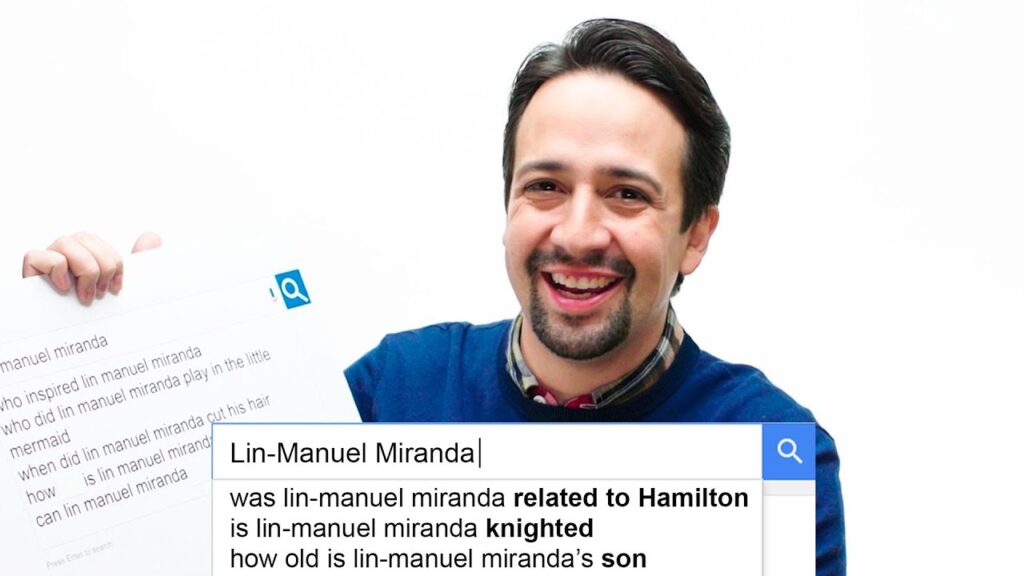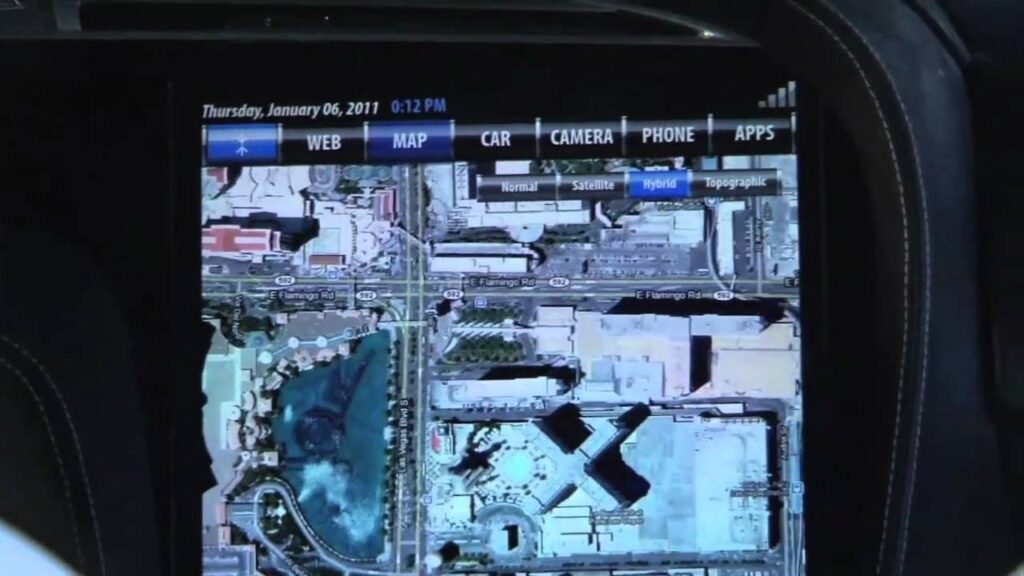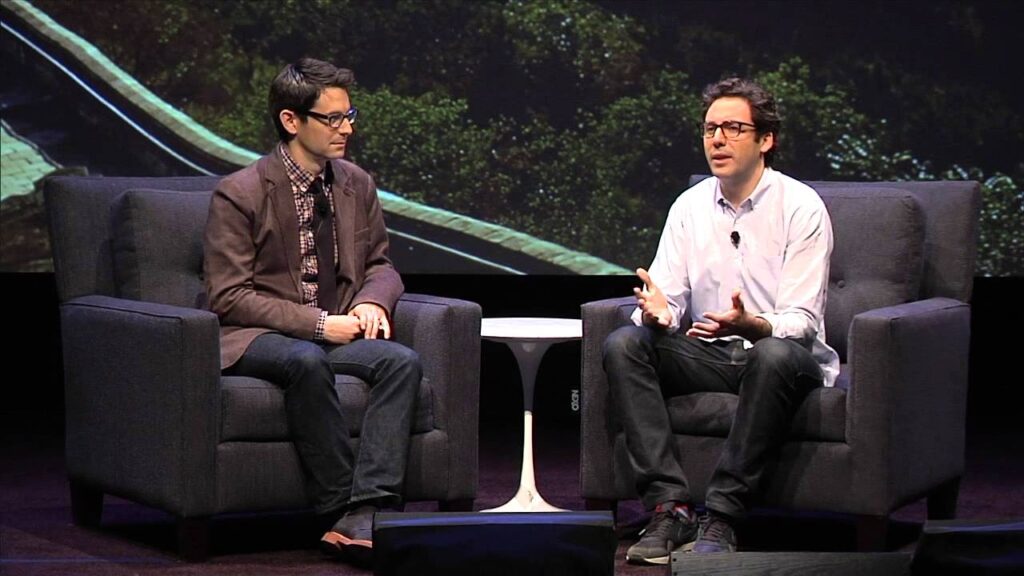Tips and Tricks for Looking at Satellite Images: A Q&A with Keith Masback
Summary
Keith Masback, a remote sensing expert with over 30 years of experience, shares tips and tricks on how to effectively analyze satellite images. He emphasizes the importance of looking at a place over time to understand patterns and progressions, and highlights how remote sensing can be used to detect and analyze natural phenomena, man-made structures, and individual activity. He also encourages viewers to look at images with a different perspective and seek out what is missing.
Table of Contents
- The Importance of Context and Time in Analyzing Satellite Images
- Natural Phenomena: Identifying Patterns and Progressions
- Man-made Structures: Military Activity and Human Rights Violations
- Individual Activity: Discovering Patterns and Changes Over Time
- Developing a Different Perspective
The Importance of Context and Time in Analyzing Satellite Images
Q: How can we effectively analyze satellite images?
A: The key to effective satellite image analysis is to look at a place over time. It is not enough to look at just one image because you need to understand the context and how a place changes over time. By doing this, we can identify patterns and progressions, and make more meaningful observations.
Q: Why is looking at a place over time important?
A: Looking at a place over time allows us to see how natural and man-made structures change and progress, and how they affect the environment. For example, we can monitor deforestation and see how man-made patterns emerge in the way trees are cut and removed over time.
Natural Phenomena: Identifying Patterns and Progressions
Q: How can remote sensing be used to understand natural phenomena?
A: Remote sensing can be used as a powerful tool to understand natural phenomena, such as glaciers, and how they deposit sediment and contribute to the environment. By viewing satellite images over time, we can see how they retreat and how their environmental impact changes.
Q: What are some characteristics in natural phenomena that catch the eye of an imagery analyst?
A: Imagery analysts are trained to notice patterns that don’t naturally occur in nature. For example, in nature, there are very few straight lines, so anything that appears as a straight line will immediately catch an analyst’s eye.
Man-made Structures: Military Activity and Human Rights Violations
Q: How can satellite images be used to detect and analyze military activity?
A: Military activity tends to follow rigid patterns, and satellite images can help us identify those patterns, such as how forces are assembled, how equipment is aligned and moved, and how they are parked. By analyzing these patterns, we can detect military activity and understand potential threats to national security.
Q: Can remote sensing be used to detect human rights violations?
A: Yes, remote sensing can be used as evidence of human rights violations when governments deny access to the media or human rights investigators. For example, in Darfur, remote sensing was used to discover that villages were being razed and burned, providing evidence of a genocide occurring.
Individual Activity: Discovering Patterns and Changes Over Time
Q: Can satellite images be used to trace individual activity?
A: While satellite images cannot identify individual people, they can be used to discover patterns and changes over time that are indicative of individual activity. For example, Burning Man can easily be spotted from space due to its clear pattern that is replicated every year.
Q: How can remote sensing be used to understand human behavior?
A: Remote sensing can be used to identify patterns and changes in human behavior over time. For example, in Korea, remote sensing was used to identify the spread of re-education camps as defectors shared their experiences and helped analysts understand the patterns of these facilities.
Developing a Different Perspective
Q: How can we develop a different perspective when looking at satellite images?
A: We can develop a different perspective by seeking out patterns and observations we might not have noticed before, such as looking for what is missing or what we don’t see. By taking a different approach, we can discover new insights and make more meaningful observations.
Conclusion
Keith Masback highlights the significance of analyzing satellite images with a different perspective and looking at a place over time. He emphasizes the power of remote sensing in identifying patterns and progressions, detecting military activity and human rights violations, understanding natural phenomena, and tracing individual behavior. By following these tips and tricks, we can make more meaningful observations and gain a deeper understanding of the world around us.







